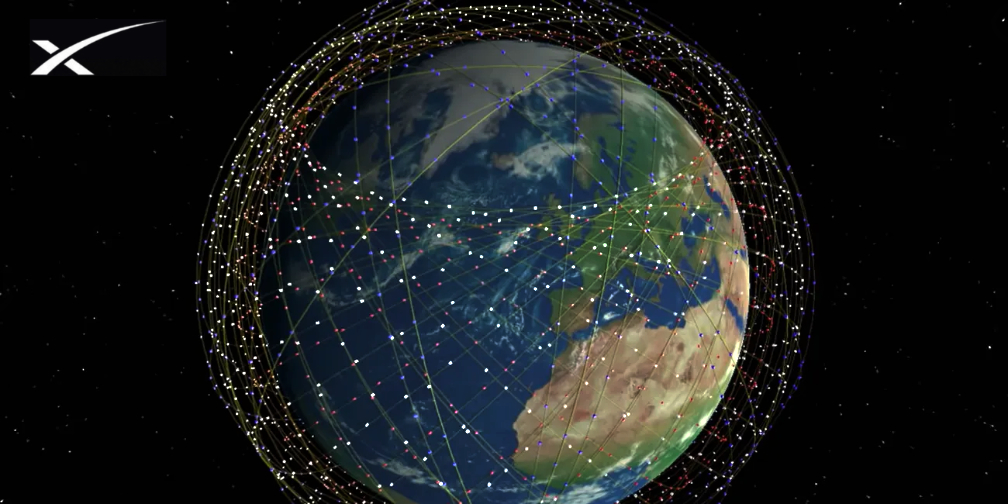
Elon Musk’s SpaceX May 4th launch of 60 Starlink craft will be followed by another 60 on – or about – May 9th. There will likely be another record broken.
The May 9th launch, subject to the usual weather and technical limitations, is currently scheduled for 0642 hours GMT (0242 hours, Florida time) and is the 27th batch of 60 satellites on a mission that’s designated as Flight 27.
Musk said that, while the initial targets for his latest fleet of Falcon 9 boosters was up to 10 flights he now says that there doesn’t seem to be an obvious limit to the reusability of the vehicle. Consequently, this coming Sunday’s flight could include a 10th usage of one of the Falcon 9 booster stage. SpaceX already has two 9-timers in its inventory.
Some 1,500 working Starlink craft are now on-orbit. The number launched is 1,620; however, some have failed and been de-orbited. A recent FCC ruling permitted SpaceX to orbit up to 2,814 satellites – previously targeted to 1100 to 1300 kms – to now fly at orbits of 540 to 570 kms.
Musk’s team is also preparing the super-giant Starship vehicles for intercontinental and beyond flights. But Gwynne Shotwell (SpaceX’s COO) said that a Starship could hold 400 satellites per launch. A high-altitude – and flawless – test flight (SN15) of a Starship occurred on May 5 and completed a perfect landing after a 10 km journey.
Expert observers have suggested that SpaceX’s launch cadence is working in a 10-day cycle (including non-Starship launches for NASA and commercial clients). Consequently, Musk can keep his launch preparation and rocket logistics to something of a mass-production line and continuous activity. The company doesn’t have to put its launch sites into mothball as used to be the case between NASA flights.

